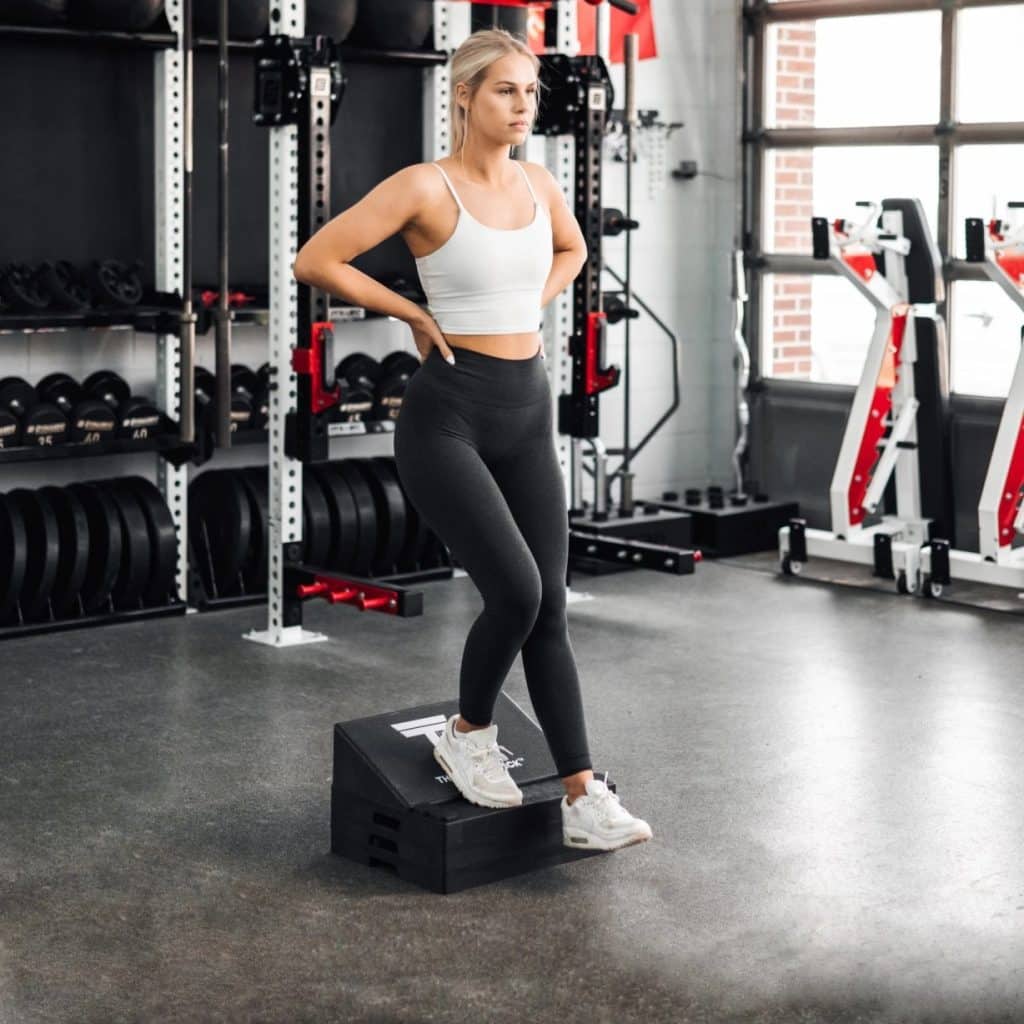Discover the incredible benefits of incorporating a slant board into your exercise routine. Uncover how this versatile tool, also known as an incline calf stretcher, can enhance your workout regimen. This comprehensive post covers everything you need to know about slant boards, including their advantages and proper usage.
What is slant board
The amazing slant board has helped thousands of individuals build stronger quadriceps and knees. It’s an amazing piece of equipment for training! You may enhance your biomechanics, lower your risk of injury, and receive greater benefit from your training by incorporating a board into your exercises. We learn in this article how employing a slant lessens the likelihood of injury.
Benefits of using the Slant Board
Our high-energy lifestyles of today often prevent us from doing any workout that calls for one. A useful instrument that can assist in balancing this problem is the board.
- Prevent Inflammation: By stretching out muscles like our calves, which are frequently utilized during activity, we may reduce inflammation and discomfort. Furthermore, it promotes blood circulation and eases the tension in commonly utilized muscles.
- Therapeutic Walking: Using a board appears to enhance walking abilities, according to research published in the Journal of Physical Therapy Science. In this 2016 study, stroke patients were the subject of a follow-up investigation on the use of boards for walking rehabilitation.
Researchers discovered that those who walked on a board for three minutes, three times a day, had better gait and better balance. They may have moved their center of gravity forward as a result.
- Relieve Pain: Stretching your feet, calves, and hips with a board is a good idea. It’s a very helpful supplement to any warm-up regimen. Warm-ups are essential because they lessen the risk of muscular exhaustion brought on by tense muscles.
- Physical therapy: Even the simplest movements require the cooperation of several muscle groups. When one group is treated unfairly, it might put undue burden on another and cause harm. Stronger people may be less prone to injuries including calf strains, shin splints, and plantar fasciitis.
- Side Lunge Squats: Place one foot sideways on the board while maintaining a straight posture with both legs in front of you and your shoulders shoulder-width apart. You should feel a stretch behind your back leg as soon as you move the leg on the board at the knee and return to the beginning position. You may also extend the other leg by switching sides.
- Hamstring Stretch: To perform this stretch, you must stand firmly on the board and bend your legs until your toes contact. Bending forward, gently touch them. The stretch will be felt in your hamstrings and calves. As long as it takes you to relax, hold the pose for at least 30 seconds.
How To Use A Slant Board
The majority of people find slant boards to be really straightforward to use, partly because to their incredibly basic design. Most will be utilized very much the same way, however specific usage may vary significantly from board to board, brand to brand, and individual to individual.
Simply stand on the slanted side of the board, pointing your toes up or down, depending on the activity you’re doing. In addition to improving your performance and joint control and lowering your chance of injury, this will assist to stretch and strengthen the affected area.
Your board’s ability to be adjusted is the primary distinction among the several varieties that might influence this. Some boards just let you to stand on them, which makes them the easiest to operate, but they also provide you less control because of the fixed angle at which they slant.
On the other hand, you may enhance the variety of your workouts if you are fortunate enough to own a board that has an adjustable angle. The muscles, joints, and bones around your ankles, calves, and lower body will therefore be able to grow more fully.
Generally speaking, you should only spend 4 to 5 minutes on the board at first during board sessions. If you are an experienced user, you may increase this time to no more than 10 minutes, but even so, this should be plenty of time.
The advantages will be felt not just in your lower body but also in your shoulders, back, and chest. Nevertheless, variations may always occur from board to board and workout to activity, just as with any other. When in doubt, pay attention to your body and adjust the length of your sessions accordingly.
What conditions can a slant board treat?
The adaptability of a board is one of its biggest advantages. Apart from the numerous advantages mentioned above, slant boards can be particularly helpful in treating specific kinds of leg injuries, such as:
- Calf muscle strains
- Shin splints
- Plantar fasciitis
- Achilles & patella tendonitis
In conclusion
Incorporating a board into your workout routine offers numerous benefits. From preventing inflammation, improving walking ability, relieving pain, and aiding in physical therapy to enhancing specific exercises like side lunge squats and hamstring stretches, the board proves versatile and effective. Its simple usage promotes muscle strength, joint flexibility, and reduces the risk of injuries. Moreover, its therapeutic applications extend to treating various leg injuries, making it a valuable addition to any fitness regimen.
